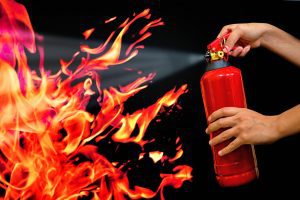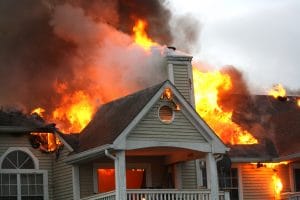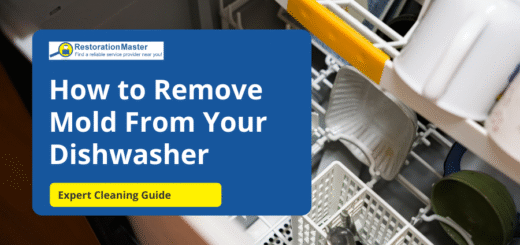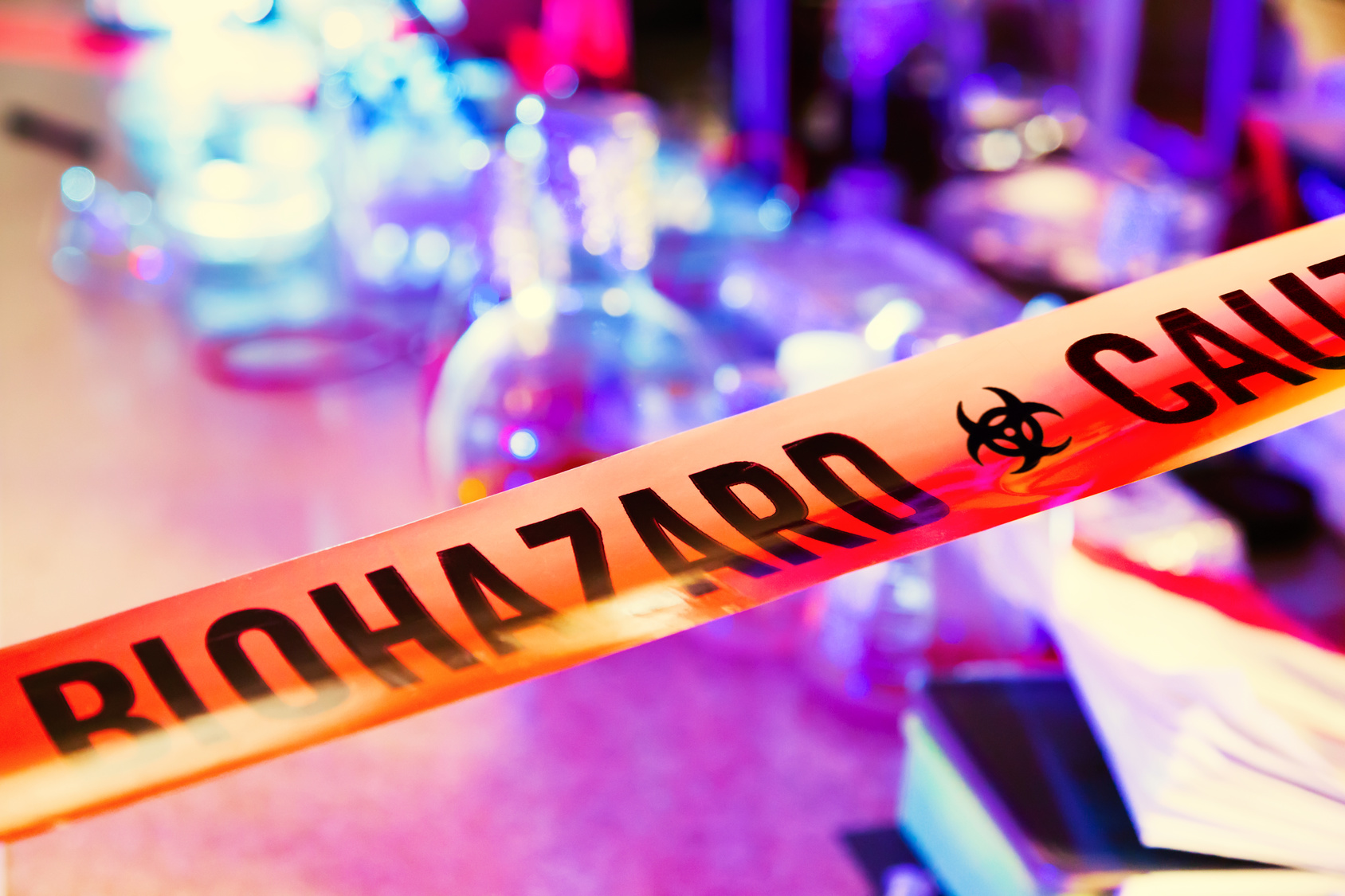Fire Extinguisher Safety Tips
There are many preventative measures you can take to reduce the risk of severe fire damage in your home, such as smoke detectors, an evacuation plan, and a fire safety kit. The main priority is to alert the building’s occupants of the fire and evacuate safely. In case of a big fire, call the fire department and wait for assistance.
Certain small fires do not require outside assistance and can be put out with a fire extinguisher. The problem is, many homeowners don’t know how to use their fire extinguishers or even where they are. A fire extinguisher can be extremely helpful in an emergency, so be sure to locate yours and learn how it works.
Find Your Fire Extinguisher
It is smart to discover your fire extinguisher’s location before a fire breaks out and you are stuck without it. Ask the other residents of the house if they know where the fire extinguisher is. Your family or roommate(s) may be able to assist you in your search and, if not, this is a good indicator that you all need to be more aware of fire safety in the home.
Search common places for a fire extinguisher to be put, such as the kitchen, laundry room, hallway, and near the exit. With any luck, you should find your fire extinguisher, but if not, keep searching the rest of the house until you do. If you simply cannot find it or cannot remember if you purchased one at all, buy a fire extinguisher right away.

Check your fire extinguisher for cracks or corrosions. Keep a second on hand in case.
Inspect Your Fire Extinguisher
It is important to perform an inspection on your fire extinguisher to make sure it is in working order because the worst time to discover it isn’t is during a fire. Check the inspectionInspection is the careful examination and assessment of a pr... More tag for the date your fire extinguisher was last inspected to gauge if it needs another one. Fire extinguishers are ideally supposed to be inspected monthly, so it’s likely you are due.
Pull the pin and check the tamper seal to make sure these functions are working properly. If the pin is absent or the tamper seal is broken, contact a professional to have your fire extinguisher replaced. Other damages, such as cracks, corrosion, dents, and leaking require replacement as well. Check if the pressure gauge needle is at the optimum operating range and lift the fire extinguisher to test if it feels full.
Use Your Fire Extinguisher
You should learn how to use a fire extinguisher before you need it in an emergency. Go to a safe, isolated area that is easy to clean to practice. It is highly recommended that you use the P.A.S.S. technique to operate your fire extinguisher:
- PULL
- AIM
- SQUEEZE
- SWEEP
First, pull the pin and break the tamper seal on the fire extinguisher. Second, aim the extinguisher nozzle low at the base of the fire. Third, squeeze the handle to extinguish a blanket of carbon dioxide gas. Finally, sweep back and forth until the fire is completely out.
If you have any doubts in your ability to operate a fire extinguisher during a fire, evacuate the premises instead.
Clean and Return Your Fire Extinguisher
Be sure to clean your fire extinguisher after use and get rid of any lingering dust or bugs. Return it to where you found it or consider a different place if you found your fire extinguisher in an uncommon spot. It is common to keep a fire extinguisher in the kitchen, laundry room, or garage because heat sources and flammable chemicals are most present in those rooms. It is also common to keep them in hallways or near exits so they will be easily accessible.

Properly inspect and test your fire extinguisher to avoid a house fire.
Contact Us
If your home or building is affected by a fire and has sustained serious fire damage, contact a fire damage restorationFire damage restoration is the process of repairing and rest... More company to restore your furnishings. The trained fire damage restoration professionals use advanced equipment and cleaning products to clean and restore materials on your property. They also replace items that have been permanently damaged in the fire and ensure that your home returns to its original condition.
Lingering odors, such as smoke and sootSoot is fine black particles composed of carbon and other ma... More, are removed from the property and materials that contain residueResidue is any leftover material, such as soot, dust, or che... More are restored or replaced. After the restorationRestoration is the process of returning a property to its pr... More process, many companies will work with your insurance during the claims process to relieve you of extra stress.












